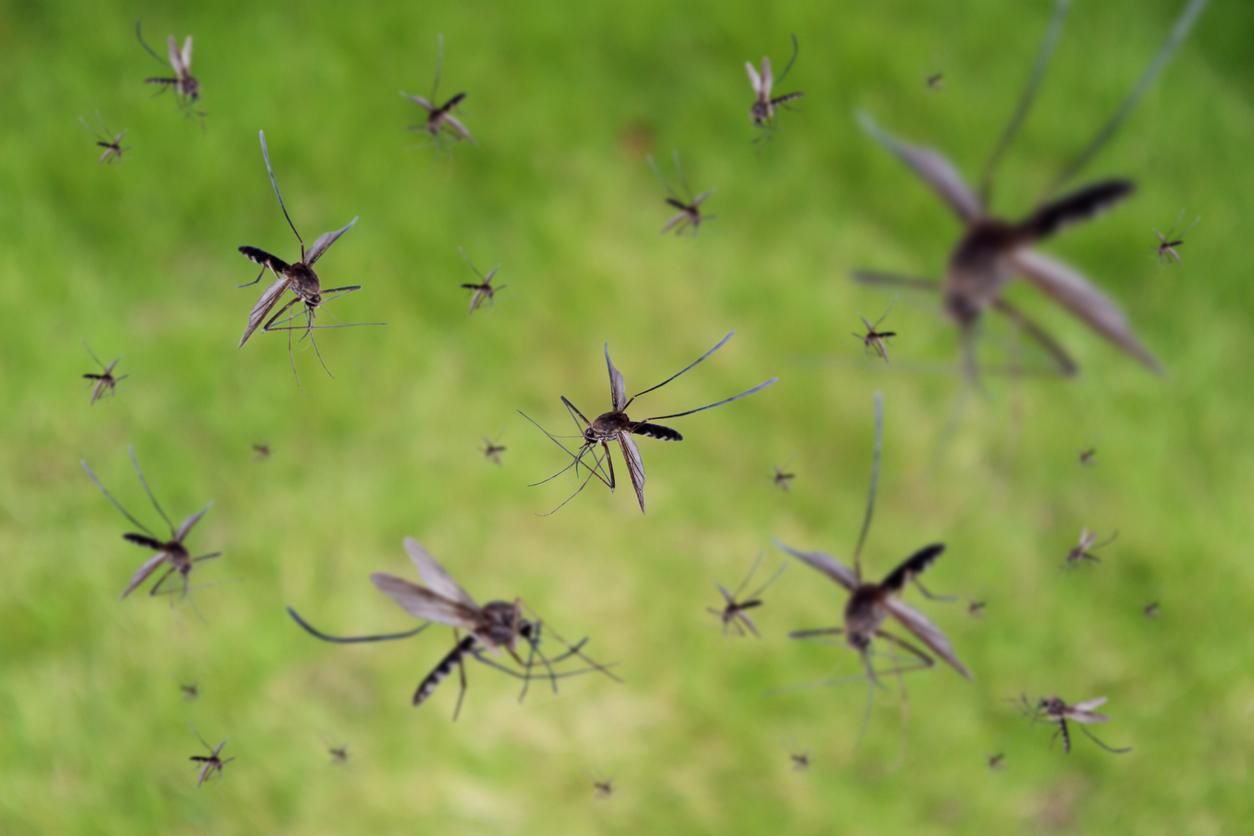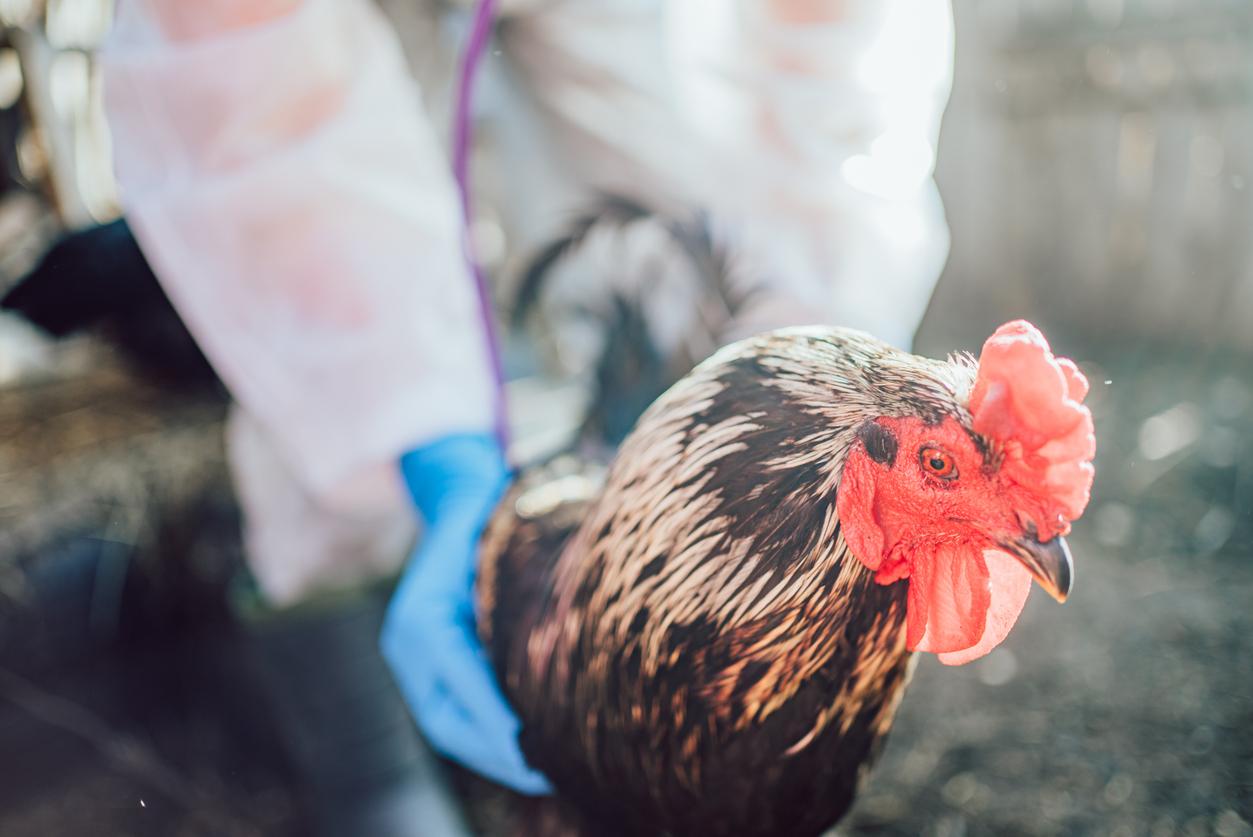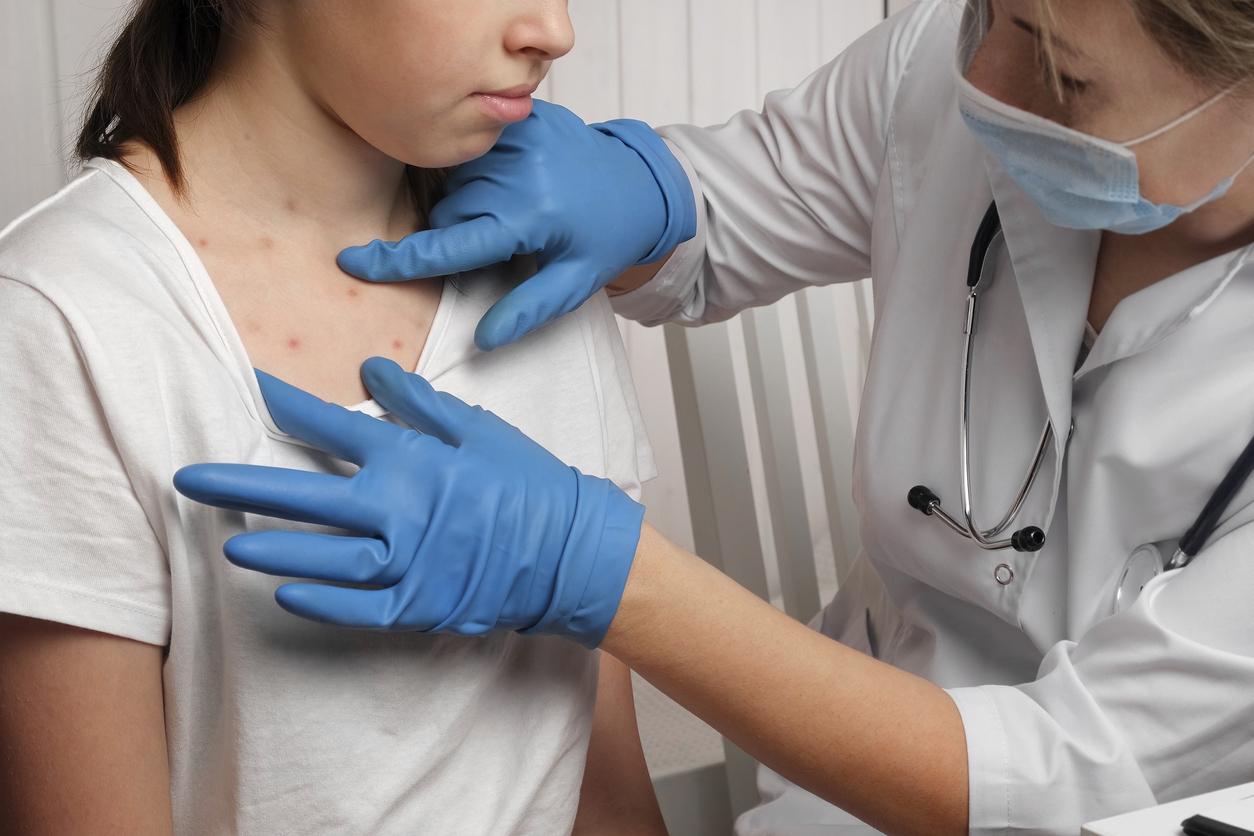In the history of pandemics, leprosy is an essential reference. On the occasion of the world day, a look back at the evolution of this disease, which is still present today.

- 200,000 new cases of leprosy are thus still recorded every year in the world.
- Following the Crusades, leprosy reached its peak in Europe in the 12th and 13th centuries.
- From the 14th century, leprosy declined rapidly in Europe, thanks to economic development.
- 200,000 new cases of leprosy are still recorded each year in the world.
An object of terror in the Middle Ages, leprosy was a highly contagious disease. It is transmitted from nasal secretions and saliva droplets or by prolonged promiscuity with an untreated person. “To break the chain of transmission, leprosy therefore requires, like Covid-19, screening of all contacts as soon as a case appears, which requires medical and health resources”, Explain the Raoul Follereau Foundation, on the occasion of this world day against leprosy. There is, however, a major difference between the two pathologies: unlike leprosy, Covid-19 has seen the creation of a vaccine in record time.
200,000 new cases of leprosy are thus still recorded every year in the world. France is not spared, with around sixty cases in the DOM-ROMs: in Mayotte (56 cases), in New Caledonia (7), in Polynesia (5), in Reunion (2 cases imported from Mayotte) and In Martinique.
In the Middle Ages, millions of cases of leprosy in the world
Ancient texts testify to the presence of leprosy in China, India and Egypt around 600 BC. Following the Crusades, it reached its peak in Europe in the 12th and 13th centuries. “At this time, we know there are millions of cases of leprosy in the world, even if we do not have exact figures”, explains Dr. Christian Johnson, President of the World Leprosy Association. It then inspires such terror that lepers are struck with civil death and rejected from the human community after a religious ceremony called separatio leprosorum. Around 19,000 leprosariums are built to collect them throughout Christendom, and nearly 2,000 in France. From the 14th century, leprosy declined rapidly in Europe. “This decrease in the number of cases is linked to economic development, which has improved living conditions and reduced all infectious diseases”, continues Christian Johnson.
“Leprosy does not kill, but handicaps for life”
The leprosy bacillus multiplies very slowly: the incubation period of the disease is 5 years on average, but the symptoms can sometimes only appear after 20 years. The disease causes skin and nerve damage. Without treatment, these lesions progress and become permanent, affecting the skin, nerves, limbs and eyes. “Leprosy does not kill, but handicaps for life”, summarizes Christian Johnson. There are two types of leprosy: paucibacillary (one to five insensitive skin lesions) and multibacillary (more than five insensitive skin lesions).
The treatment recommended by the WHO since 1981 makes it possible to cure the sick and to avoid, if it is administered early, disabilities. This is polychemotherapy (PCT), which consists of the administration of three antibiotics (dapsone, rifampicin and clofazimine). Paucibacillary leprosy can be cured in 6 months and multibacillary leprosy in 12 months*. There is still no vaccine to date.
*Source: Pasteur Institute.
.
















